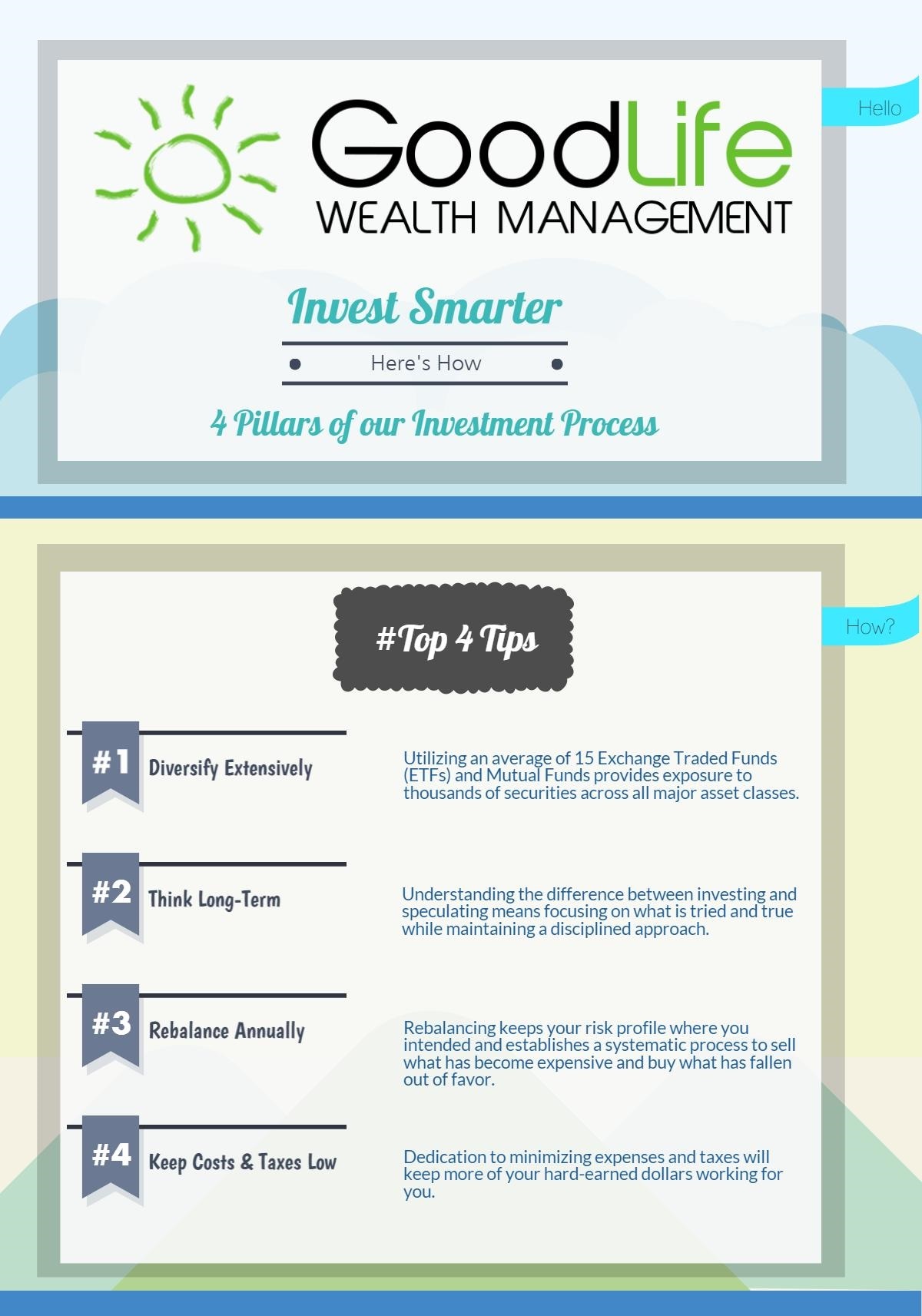Investors want to rebalance or reduce their exposure to stocks without creating a large tax bill. We specialize in tax-efficient portfolio management and can help you minimize the taxes you will pay. Here are 9 ways to manage your investment taxes more effectively:
1. Use ETFs instead of Mutual Funds. ETFs typically have very little, and often zero, capital gains distributions. Actively managed mutual funds are presently sitting on very large embedded gains, which will be distributed on to shareholders as the managers trade those positions. Using ETFs gives you better control of when you choose to realize gains.
2. Donate appreciated securities to charity instead of cash. If you are already planning to give money to a charity, instead donate shares of a stock or fund which has appreciated. The charity will get the same amount of money and they will pay no capital gains on the sale. You will still get the same tax deduction (if you exceed the now higher standard deduction) plus you will avoid paying capital gains. Use the cash you were planning to donate to replenish your investment account. Same donation, lower taxes.
Consider funding a Donor Advised Fund and contributing enough for several years of charitable giving. If you give to a large number of charities, it may be easier to make one transfer of securities each year to the Donor Advised Fund, and then give to the charities from the Fund.
3. Give appreciated securities to kids in the zero percent capital gains bracket. Some taxpayers in the lower brackets actually pay a 0% capital gains rate. If your grown children are no longer dependents, and would qualify, they may be able to receive the shares and sell them tax-free. Just be sure to stay under the $15,000 annual gift tax exclusion per person. For 2018, the zero percent capital gains rate will apply to single taxpayers under $38,600 in income and married couples under $77,200.
4. Harvest losses annually. Those losses give you the opportunity to offset gains and rebalance your portfolio. Any unused losses will carry forward to future years without expiration. And you can also use $3,000 a year of losses to offset your ordinary income, which means that instead of just saving 15-20% in taxes you could be saving 37% or more.
5. Develop a Capital Gains Budget. It’s not all or nothing – you don’t have to sell 100% of a position. We can trim a little each year and stay within an annual capital gains target. We also can sell specific lots, meaning we can reduce a position and choose to sell shares with the highest or lowest cost basis.
6. Wait a year for long-term treatment. We try to avoid creating gains under 12 months. The long-term rate is 15% or 20%, but short-term gains are taxed as ordinary income.
7. Use your IRA. If you have a well diversified IRA, we can often rebalance in that account and not create a taxable event. While many investors put taxable bonds in IRAs and leave the equities in a taxable account, for taxpayers in a high bracket, you may prefer to buy tax-free municipal bonds in the taxable account and keep equities in the IRA.
8. Stop Reinvesting Distributions. If your position in a stock or fund has grown, don’t make it larger through reinvestment of dividends and distributions! Reinvesting takes away your choice of how to rebalance your portfolio with the cash flow you receive. However, please make sure you are doing something with your distributions in a timely manner and not letting them accumulate in cash.
9. Just take the Gains already! Don’t let a gain disappear because you don’t want to pay 15% in taxes. If you have a big winner, especially with an individual stock or a speculative investment like bitcoin, take your gains and move on. If we become too obsessed with taxes we run the risk of letting our investment returns suffer.
While most people are thinking about their 2017 taxes right now, reacting to what has already passed, we suggest looking ahead to 2018 and being proactive about managing your futuretax liabilities. Taxes can be a significant drag on performance. If you’re investing in a taxable account, we can give you peace of mind that you have a plan not only for financial security, but also to manage your capital gains as efficiently as possible.









